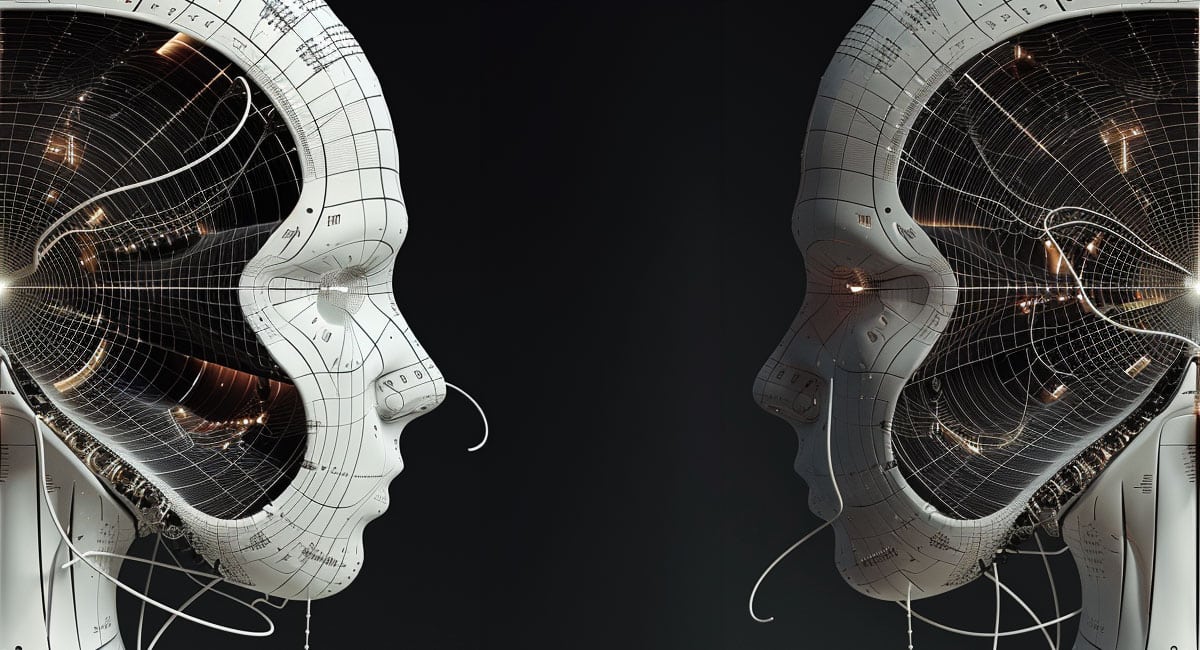Shelf Blog: AI Education
Get weekly updates on best practices, trends, and news surrounding knowledge management, AI and customer service innovation.
Data is classified into two main types: structured and unstructured. Structured data refers to organized information that follows a predefined format and resides in fixed fields within a record or file. Structured data is easily searchable, organized, and can be stored in databases. Unstructured...
Businesses have long been increasingly inundated with an unprecedented volume of data. The challenge now is not just about storing ample data but managing, classifying, and transforming this structured and unstructured data into fuel for the engine of business. The critical role of data...
A knowledge graph is a structure that connects diverse pieces of information, helping you uncover relationships and insights that might not be immediately apparent. In some cases, you need to bridge two types of data together: structured and unstructured data. In this article, we provide a clear,...
Artificial intelligence engines need data to learn and operate, but the data you and I find meaningful is foreign to machines. Machines need data translated to their preferred language: math. This conversion happens with the help of vectors. What are vectors in machine learning? Vectors are...
At the core of human cognition is the concept of “attention,” a mechanism that allows us to focus on particular elements of our environment while filtering out others. This concept has inspired a transformative feature in deep learning models: the attention mechanism. By emulating the way humans...
Whenever you interact with a large language model (LLM), the model’s output is only as good as your input. If you offer the AI a poor prompt, you’ll limit the quality of its response. So it’s important to understand zero-shot and few-shot prompting as you can use these techniques to get better...
A data pipeline is a set of processes and tools for collecting, transforming, transporting, and enriching data from various sources. Data pipelines control the flow of data from source through transformation and processing components to the data’s final storage location. Types of Data Pipelines AI...
The terms “AI interpretability” and “explainability” (XAI) are frequently used but often misunderstood. This confusion is an expected part of grappling with a field that is itself in a state of rapid development and debate. This article aims to clarify the distinction...
Few-shot prompting is a powerful technique that enables AI models to perform complex tasks with minimal data. This method is valuable for organizations looking to leverage AI capabilities without the extensive data requirements and training costs typically associated with traditional AI...
Trust is the cornerstone of AI adoption and acceleration. While healthy skepticism encourages rigorous development, trust in AI and its potential can lead to unprecedented advancements across industries. By fostering public understanding and implementing robust governance frameworks, we can build...
Neural networks have become cornerstone technology in AI, driving advancements in areas from image recognition to natural language processing. Traditional neural networks, however, have limitations, particularly in their ability to quantify uncertainty in predictions. Bayesian Neural Networks...
Natural Language Processing (NLP) focuses on the interaction between computers and human language. It enables machines to understand, interpret, and generate human language in a way that is both meaningful and useful. This technology not only improves efficiency and accuracy in data handling,...











